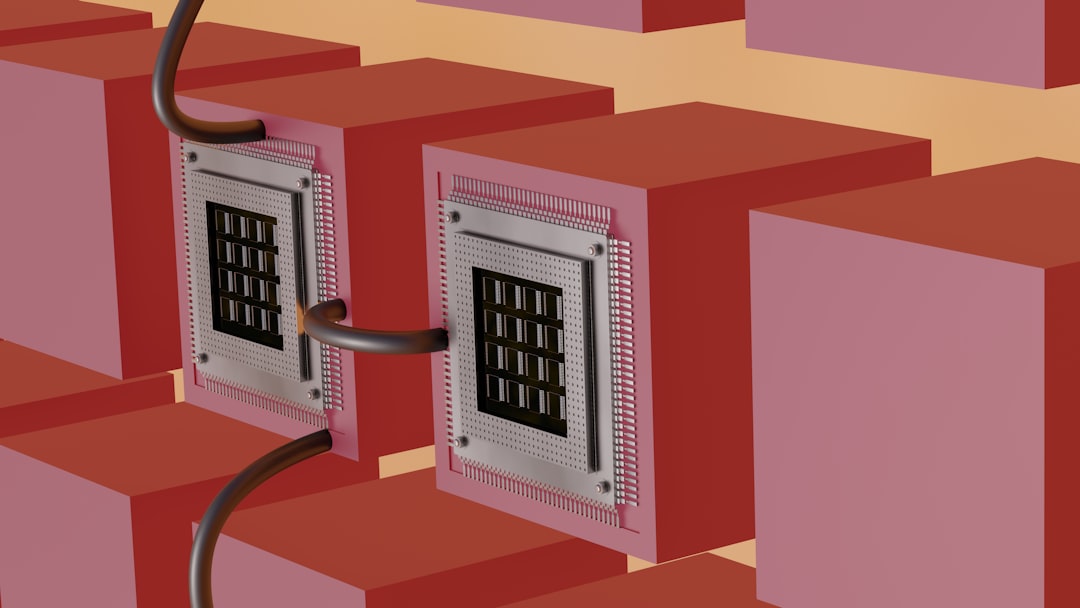
Smart thermostats, streaming rooms, and work-from-home offices all rely on a robust computer network. Installing cabling after drywall is costly and disruptive, yet many homeowners still treat data wiring as an afterthought. At CountBricks, we help residential contractors integrate network infrastructure from day one, saving budget and elevating property value.
The phrase how to install computer networking covers five essential layers in a modern home:
• Structured cabling (Cat6 or higher)
• Patch panels and wall plates
• Network switch and Wi-Fi access points
• Rack or enclosure for tidy equipment storage
• Documentation and labeling for future upgrades
1. Scope the network zones: living spaces, home office, media room, security, and exterior Wi-Fi.
2. Feed the CountBricks voice assistant your floor plans. Our AI produces real-time takeoffs and a cable schedule sized to square footage and device count.
3. Rough-in low-voltage boxes immediately after electrical rough-in to share drill paths and maintain fire blocking.
4. Pull Cat6 cable using 500 MHz plenum-rated spools recommended in your CountBricks.com/materials list.
5. Terminate ends on a patch panel at the rack and keystone jacks at each outlet, following T568B wiring standard.
6. Label each drop—CountBricks auto-generates QR coded labels tied to your digital plans.
7. Mount the switch, router, and uninterruptible power supply inside a ventilated enclosure.
8. Test every run with a cable certifier; store results in your CountBricks project dashboard.
9. Close walls, install faceplates, and commission Wi-Fi access points.
10. Provide the homeowner with a digital as-built package from CountBricks/portfolio.
CountBricks AI cross-references current distributor pricing, recommending:
• Cat6 for standard rooms and Cat6A for 10 Gb media zones
• 24-port gigabit switches with PoE+ to power cameras and access points
• Metal-backed low-voltage rings for tighter cable bends
• Flexible conduit where future fiber upgrades are likely
Traditional estimates rely on rough square-foot allowances. CountBricks refines costs in seconds by:
• Calculating exact cable footage along joist paths
• Pulling live vendor pricing for jacks, plates, and switches
• Adding labor line items per pull and termination
• Delivering client-ready quotes branded with your logo
The result is predictable margins and fewer change orders regarding “extra” drops.
• Underestimating Wi-Fi coverage: Our heat-map algorithm spots dead zones before drywall.
• Over-consolidating cable: We flag code limitations on bundle size and recommend fanning.
• Forgetting future expansion: CountBricks suggests spare conduit runs to major rooms.
• Poor labeling: Digital labels linked to drawings stop the “mystery cable” headache.
When your framer knows where low-voltage boxes land, your job goes smoother. CountBricks exports a coordinated BIM overlay that electricians, HVAC, and AV teams can view on site. Everyone drills once, reducing penetrations and protecting structural members.
Residential low-voltage networks must comply with NEC Article 800 and local amendments. CountBricks rule-checks every drop against:
• Fire-stopping requirements at penetrations
• Separation from noisy power conductors
• Minimum bend radius to maintain performance
Inspection notes appear directly on your CountBricks plan set so nothing is missed during walkthroughs.
After final testing, CountBricks compiles certification reports, warranty info, and user guides into a single PDF. Homeowners access it through a branded portal, positioning you as a tech-forward contractor who thinks beyond paint and trim.
If you’re wondering how to install computer networking without surprises, CountBricks offers:
• Voice-driven scope capture in the field
• Automated takeoffs and cost breakdowns
• Instant quote generation and invoicing
• End-to-end documentation stored securely online
Visit CountBricks.com/services or book a live demo at CountBricks.com/consultation to see how our platform powers smarter residential construction.

CountBricks recently partnered with Evergreen Builders on a 4,200 sq ft custom home in Maple Grove. The clients demanded seamless 4K streaming, whole-house audio, and remote-work reliability. Here is how our workflow translated into on-site success:
• 36 Cat6A drops covering bedrooms, home office, theater, and exterior cameras
• Two ceiling-mounted Wi-Fi 6 access points optimized through CountBricks heat-mapping
• Centralized 18U rack in a climate-controlled mech room
• Fiber conduit from street to rack for future gigabit service upgrades
1. Voice Capture: The superintendent described each room’s tech needs into the CountBricks mobile app.
2. Instant Estimate: Within three minutes the platform produced a detailed bill of materials, labor hours, and a client-ready quote that won approval the same day.
3. Coordinated Drawings: Our BIM overlay prevented clashes with HVAC trunks, avoiding a costly reroute identified on a virtual walk-through.
4. Field Support: QR labels printed from CountBricks kept the trim-out crew moving fast, trimming two labor days from the schedule.
• Zero punch-list items related to networking on final walk-through
• Under-budget by 6 % thanks to accurate material counts
• Homeowner portal view recorded a 100 % satisfaction score on post-occupancy survey
• Evergreen Builders booked two referrals after clients showcased their smart home to neighbors
• Run two cables to every TV location—one for today’s data, one for tomorrow’s PoE power.
• Keep cable loops loose at outlet boxes; terminating slack later is cheaper than fishing new lines.
• Use staggered drill holes when stacking multiple low-voltage cables to maintain bend radius and airflow.
CountBricks turns complicated low-voltage planning into a predictable, profitable scope item. Whether you are wiring a modest remodel or a luxury estate, our AI tools and construction expertise keep you ahead of client expectations. Explore more success stories at CountBricks.com/portfolio.